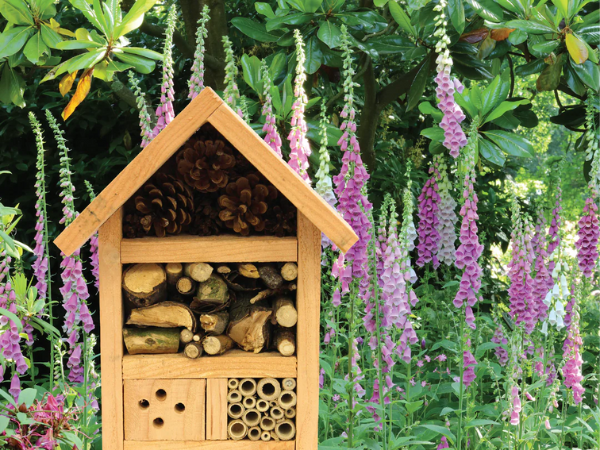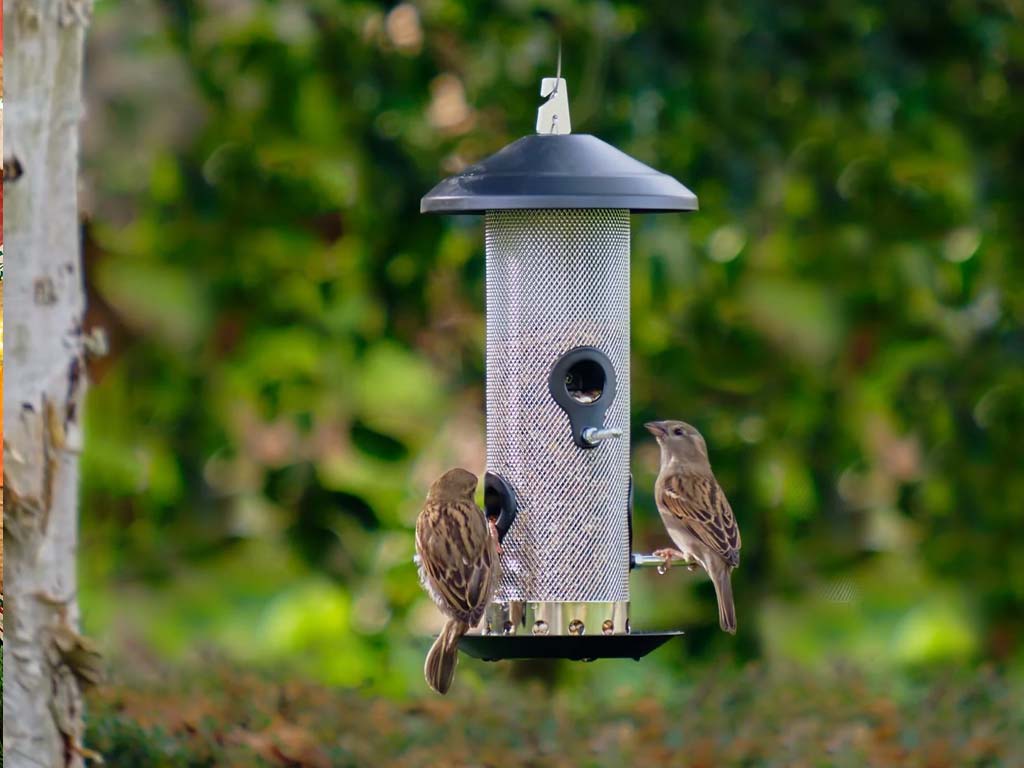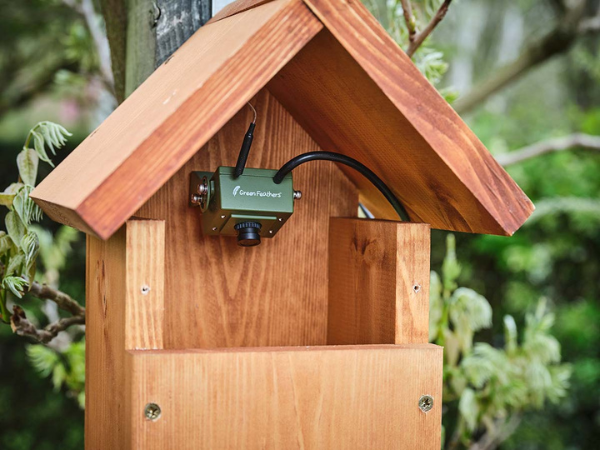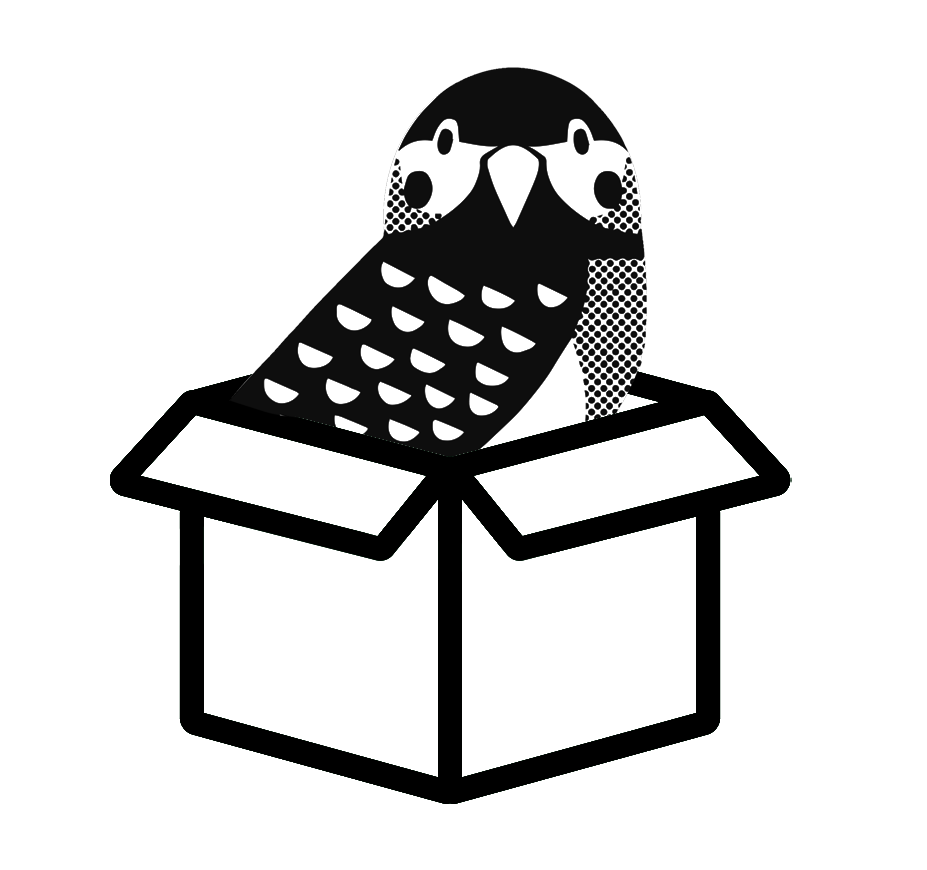Watching the birds in your garden is a lovely pastime, especially when they’re tucking into the food you’ve put out for them. However, it can be disheartening when, despite your best efforts, they’re giving your feeding options the cold shoulder. (Or should that be cold wing?)
If your bird feeders are going unloved, we’ve got some tips to help you move them up the pecking order.
Give it time
It can take time for birds to discover a new feeder. If you’re constantly providing good sources of food, it shouldn’t be long before they do, though. Make sure to keep the feeder topped up and clean and you should soon have some visitors winging their way to you. Replacing any food that’s gone off is also a must.
A well-placed bird feeder can make all the difference
A great dining experience is about more than just the food! If your bird feeder’s struggling to attract the pecking punters, try moving it to a different area in your garden. A perfect location is one where birds can:
- easily perch
- find shelter
- feel safe
Moving your feeder to an area with more shelter could make all the difference, but there are plenty of other ways to make your garden more enticing.
Ensure your garden’s appealing for birds
Offer water
A restaurant that doesn’t offer drinks is unlikely to thrive, but many people forget to provide a water source when trying to cater to birds. Adding a bird bath can work wonders for attracting more feathered friends. One with a shallow basin for easy access is perfect. Keep it clean and change the water regularly to make it the perfect place for birds to grab a drink and freshen up before dinner.
The sound of running water can also attract birds, so placing a small fountain or dripping water feature in your garden can bring more feathers your way.
Dedicate a section of your garden to wildlife
Green spaces across the world have been severely depleted over the last few decades. This means that birds – and plenty of other wildlife – are keen to find places to thrive. Planting native trees, shrubs, and grasses in an area of your garden will provide them with just what they need: cover, nesting sites, and natural resources. A mixture of vegetation heights will attract various bird species.
Check out this post for more tips about creating a wildlife-friendly garden!
Cater to different types of birds
We’ve all got our favourite foods, and birds are no different. Providing options will increase the diversity of species looking to visit your garden, which is something to chirp about in our books.
Offer a variety of bird food and seeds
Many smaller birds will appreciate smaller grains, sunflower hearts, and niger seeds, whereas bigger birds will enjoy yellow split peas, beans, lentils, and rice. If you’re desperate to attract a particular species, we’ve got you covered with a post about what particular bird types enjoy. (We haven’t found any info on what phoenixes like to eat, but we’ll update the post if we learn more!)
The easiest way to provide options is to place more than one bird feeder, or use bird tables as well. The size of your garden will play a part in what’s feasible, but there are cunning ways you can use the available space to the max. We love this Tambora Feeding Station, which includes multiple bird feeders, a water dish, and a feeding dish. Pretty much everything you need except the birds!
Is anything scaring the birds away?
Birds love to eat their favourite foods, but they’re a bit less keen about being on the menu themselves. The presence of cats and dogs can keep feathered visitors away, especially if the feeding options are easily accessible from the ground.
That doesn’t mean you need to get rid of Whiskers or Fido, though. Place your feeder near to foliage to give birds peace of mind that they can escape and hide if necessary. Keeping it high up/anywhere it’s difficult for your pets to access is also a plus.
Predators with hands can keep feathered feeders away too. To help with this, rounding up any stray gorillas is a good start. Keeping quiet yourself and giving the birds space to visit is probably more effective (and relevant) though. If there’s space in your garden, try to position your bird feeder in a space that doesn’t get much human interaction. That way, you can all enjoy your green spaces.
Desperate to see wildlife up close? A nifty camera can help. Or, if you want to get close in person, check out our tips in this post.
Keep squirrels away from your bird feeder
As well as being great climbers, squirrels are also good at putting birds off by pilfering their food. If your garden’s wing/bushy tail ratio is leaning too far towards the furry end of the scale, it’s time to take action.
Some bird feeders are designed to outfox squirrels. (No foxes required though.) Our metal feeder covers this base. However, if you’re all set for feeders, you could try a simple trick instead: spread some coffee grounds around! Coffee won’t harm squirrels, but they hate the smell.
We hope your garden will soon be full of feeding feathered friends, and that you’ll get oodles of pleasure from watching them go about their business. Check out our bird feeders if you need more options to coax them to stop by. And if you want to watch what they’re up to whether you’re home or not, explore our range of wildlife cameras. We love seeing the footage our customers capture, so tag us if you share yours on social media!


























